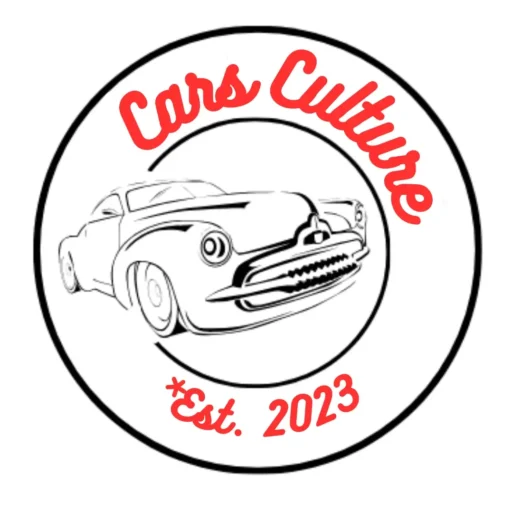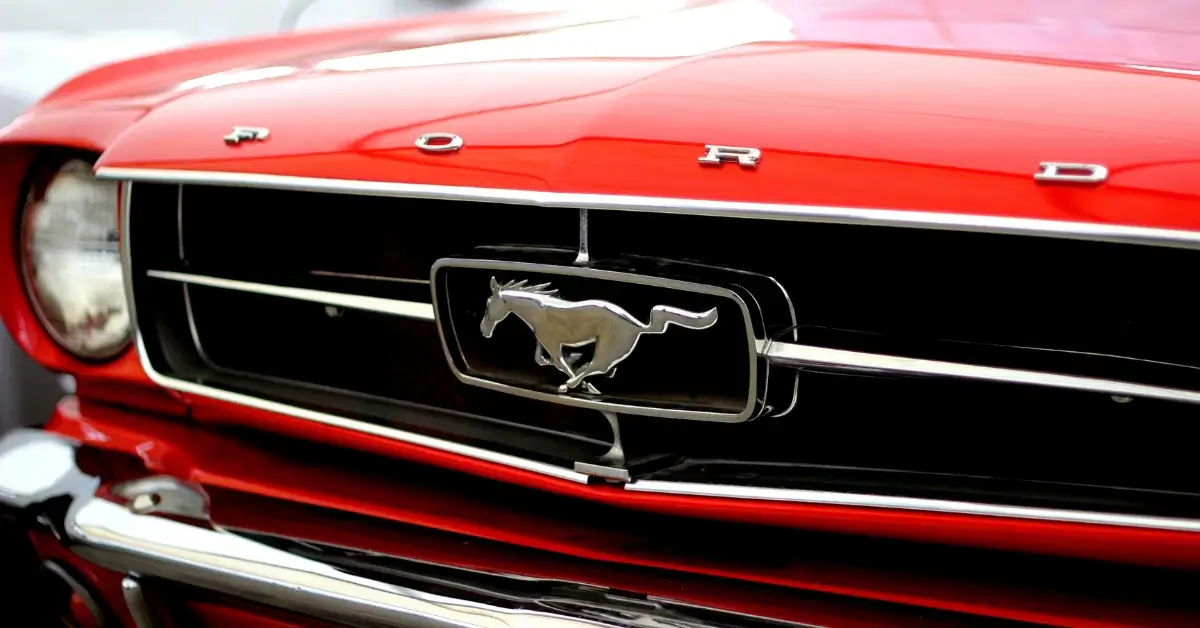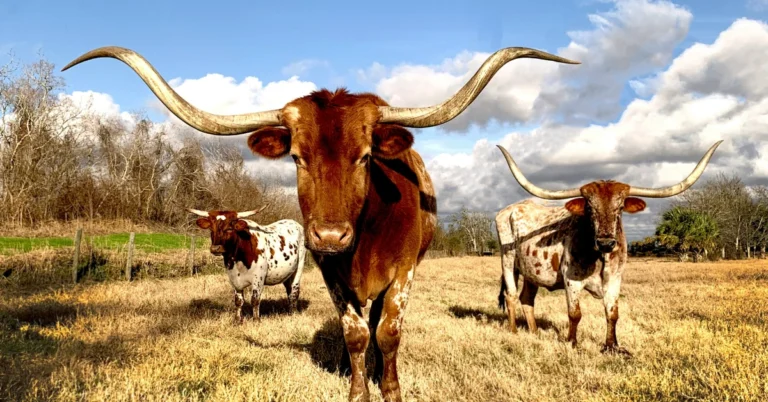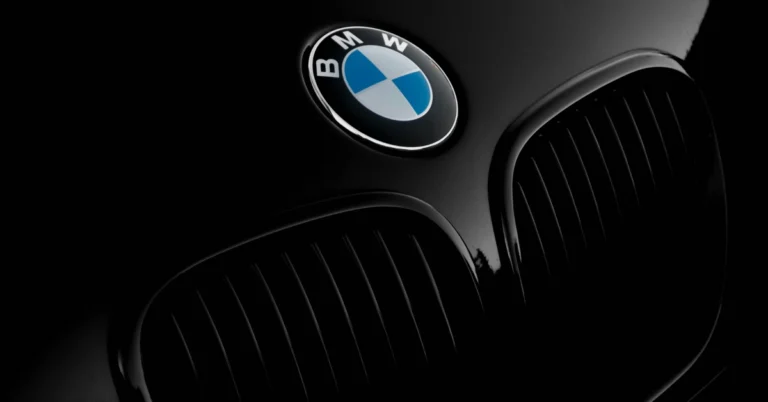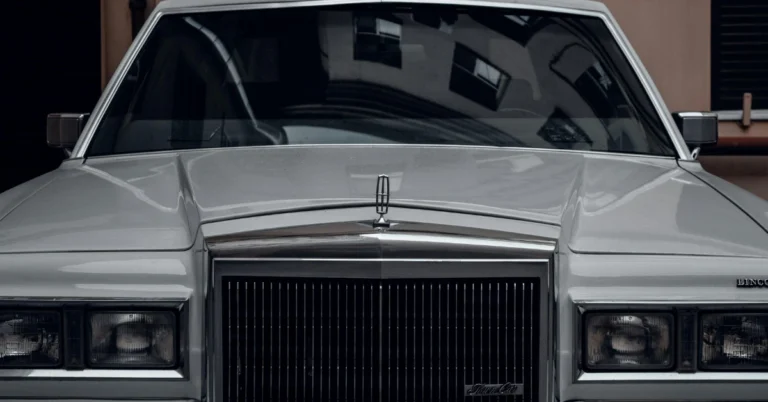Do you Love the Style and Elegance of the 60s, the Time when Technology was just pure Steel and craftsmanship? Even If each of your Answers was no, lately when I mention the 67‘ Mustang you Love it instantly.
What makes these ’60s Muscle Cars so iconic? And why it all started in this era?
– This is the question I will answer to you today.
“Take care of your car in the garage, and the car will take care of you on the road.”
– Amit Kalantri
During the 1960s American car manufacturers were in fierce competition, each trying to outdo the other. This battle for dominance led to the creation of legendary ’60s muscle cars that still capture hearts today. From the roar of their engines to their undeniable curb appeal, these classic cars represent automotive history. Put your seatbelt on and Let‘s Ride!

Defining the 60s Muscle Cars Era
The era of ’60s Muscle cars was truly a golden age for automotive enthusiasts. As we take you on a journey through this iconic era, we’ll revisit some of the defining moments and models that made it so memorable.
It started with the introduction of the 1964 Pontiac GTO which was the spark that ignited the passion for muscle cars with its power and performance.
During the era of ’60s muscle cars, manufacturers produced specialty models, such as the AMC Rebel Machine, the COPO Chevrolet Chevelle, and the Super Cobra Jet Ford Torino. These powerful machines were factory upgraded and they significantly escalated the horsepower. By 1970, the peak horsepower reached a staggering 450 gross horsepower on some models.
Of course, with a lineup like This, picking a favorite is Hard. However, it’s easy to see how these iconic vehicles have left a lasting impact on the automotive world. By taking a nostalgic trip, we can celebrate the legacy of 60s muscle cars.
Key Manufacturing Players
The ’60s muscle cars era brought Not only Everlasting Models, it also showed which manufacturer came to stay. Here are some big Players.
Chevrolet’s Dominance
Chevrolet played a major role in the muscle car era. The iconic Chevrolet Chevy II was a strong competitor in the market for 60. Engineers worked tirelessly to develop cutting-edge innovations, such as:
- High-performance engines
- Sleek designs
- Competitive Pricing
Chevrolet’s aggressive approach to producing muscle cars strengthened its market dominance and kept the brand at the forefront of innovation.
Ford’s Conquest
One can’t talk about the key players of the ’60s muscle car era without mentioning Ford. The manufacturer had a strong presence with iconic vehicles such as the Shelby GT350 and GT500, which became instant classics. The Torino and Fairlane models also gained popularity. Ford’s strategy included:
- Offering various engine and trim-level options
- Focusing on different consumer segments
- Racing pedigree
These factors contributed to the brand’s overall success and competitiveness.
Pontiac’s Progress
Even as Chevrolet and Ford dominated the 60s Muscle cars industry, Pontiac made significant progress with its cars. The company put models like the Pontiac GTO Coupe on the market. Pontiac’s commitment to:
- Design-focused muscle cars
- Engine performance enhancements
- Making luxury and performance accessible
These attributes helped establish the brand as a force to be reckoned with in the muscle car market of the 60s.

Best Muscle Cars
I knew you were waiting for it, here´s a list of the best ’60s Muscle Cars which were built
The 22 best Muscle Cars from the 60´s
- 1960 Chrysler 300F Convertible
- 1960 Corvette
- 1960 Corvette XP-700
- 1964 – 1966 Plymouth Barracuda
- 1965 Plymouth Superbird
- 1966 Pontiac GTO Coupe
- 1966 Ford Shelby Mustang
- 1966 Oldsmobile Toronado
- 1966 Mercury Cyclone
- 1967 Plymouth Roadrunner
- 1967 AMC Rebel Convertible
- 1967 Chevy Camaro
- 1968 Plymouth Road Runner
- 1968 Pontiac Firebird
- 1968 Dodge Superbee
- 1968 COPO Camaro
- 1969 Dodge Challenger
- 1968 Plymouth Road Runner
- 1968 Plymouth Road Runner 426 Hemi Hardtop
- 1969 Chevy Chevelle 427 COPO
- 1969 Chevy Camaro
- 1969 Chevrolet Camaro ZL1
Iconic Models and Their Impact
We all have to love ’60s muscle cars. Point.
Upfront we‘ll Discuss some of the most important ’60s Muscle car models which are still a Rock These days.
Chevrolet Camaro
The Chevrolet Camaro made its debut in 1966 as a direct competitor to the Ford Mustang. With its sleek, aggressive design and powerful engine options, the Camaro quickly gained popularity among muscle car enthusiasts. Some iconic features of the Camaro included:
- First-generation split-bumper design
- Wide range of engine options, from a 3.8L inline-6 to a 6.5L V8
- RS, SS, and Z28 performance packages
The Camaro’s unique style and performance helped define the muscle car era and influenced future generations of Chevrolet vehicles.
Ford Mustang
The Ford Mustang is arguably the most iconic of all 60s muscle cars. Launched in 1964, the Mustang created a new class of vehicles: the pony car. Some standout features of the original Mustang included:
- The long hood, short deck design, setting the standard for pony cars
- Wide variety of engine choices, from a 2.8L inline-6 to a 7.0L V8
- GT, Shelby GT350, and Boss 302 performance models
The immense success of the Mustang led to countless imitations and established the pony car class, shaping the automotive landscape for years to come.
Pontiac GTO
The Pontiac GTO is considered by many to be the first true muscle car. Introduced in 1964, the GTO was an optional package for the Pontiac Tempest, featuring a powerful V8 engine and upgraded suspension. Key aspects of the GTO included:
- 389 cu in (6.4 L) V8 engine producing 325 to 360 horsepower
- Wide-track design for improved handling
- Distinctive stacked headlights from 1965 to 1967
The GTO’s combination of raw power, stylish design, and groundbreaking performance set the standard for muscle cars and influenced countless vehicles in the years following its introduction.

Cultural Impact of 60s Muscle Cars
Take Powerful machines, high-performance V8 engines and stunning designs in summary are the spirit of freedom, rebellion, and pure driving pleasure. Let me tell you a Little Bit More about the cultural impact of these icons.
During the 1960s and into the late 1970s, muscle cars began to infiltrate American culture, becoming integral symbols of freedom. Their power and speed created a sense of liberty that captured the imaginations of drivers. The rise of muscle cars Made them central to the American narrative.
Muscle cars changed the game by challenging traditional notions of automobile design with sleeker, more aerodynamic models, pushing the boundaries of automotive engineering. For example, Drag Racing became very popular.
You can Tell those ’60s muscle cars left an indelible mark Not only on American culture. From influencing popular media to fueling a fascination with speed and impacting environmental policies, these iconic vehicles have had an effect that we continue to appreciate today.
Decline and Resurgence
As fans of ’60s muscle cars, we love the glory days, but we have to admit that every good thing has its ups and downs, and this was the case with ’60s muscle cars as well. You ask why? I will tell you:
During the 1960s and 1970s, muscle cars were highly popular, but by the 1980s, the muscle car era faced a decline due to the following reasons:
– stricter emission regulations
– the oil crisis of the 1970s with rising gas prices
With an increased focus on Compact and fuel efficient Cars, Muscle Cars lost Theke Charme.
Luckily, car enthusiasts kept the flame alive by preserving and restoring these powerful beasts. Finally, in the late 1990s and early 2000s, we began to witness the resurgence of the American muscle car. This was primarily because manufacturers were now implementing modern technology like fuel injectors in old Cars to make them more efficient.

Thanks to advancements in technology and engineering, 60s muscle cars have made an impressive comeback. The Dodge Challenger, Chevrolet Camaro, and Ford Mustang have continued the muscle car legacy, offering not only power and speed but also improved handling, safety, and fuel efficiency.
FAQ
What was a popular muscle car in the 1960s?
Widely credited as the first true muscle car in its 1964 guise, this later 1967 Pontiac GTO was an impressive example from arguably the most desirable year of production.
What was the best muscle car in 1969?
The Yenko Camaro 427 SYC was perhaps the fastest muscle car of 1969, which is an impressive feat, to say the least. According to Super Stock & Drag Illustrated magazine, the vehicle traveled at 108.2 miles per hour to clock a 12.59-second pass in the quarter-mile.
What does GTO stand for?
This ritual is summarized by the three most famous letters ever worn by an automobile: “GTO” stands for “Gran Turismo Omologato,” which, loosely translated from the Italian, means homologated (recognized for competition) grand-touring car.
I think that we are living in awesome times. We can enjoy ’60s muscle Cars, AND 00‘ Muscle Cars as well- the best of both worlds. But now is your Turn – what do you think about ’60 muscle cars? Do you have any questions or additions? I would love to hear from you, Till then the Motto like always: Let‘s Ride!
